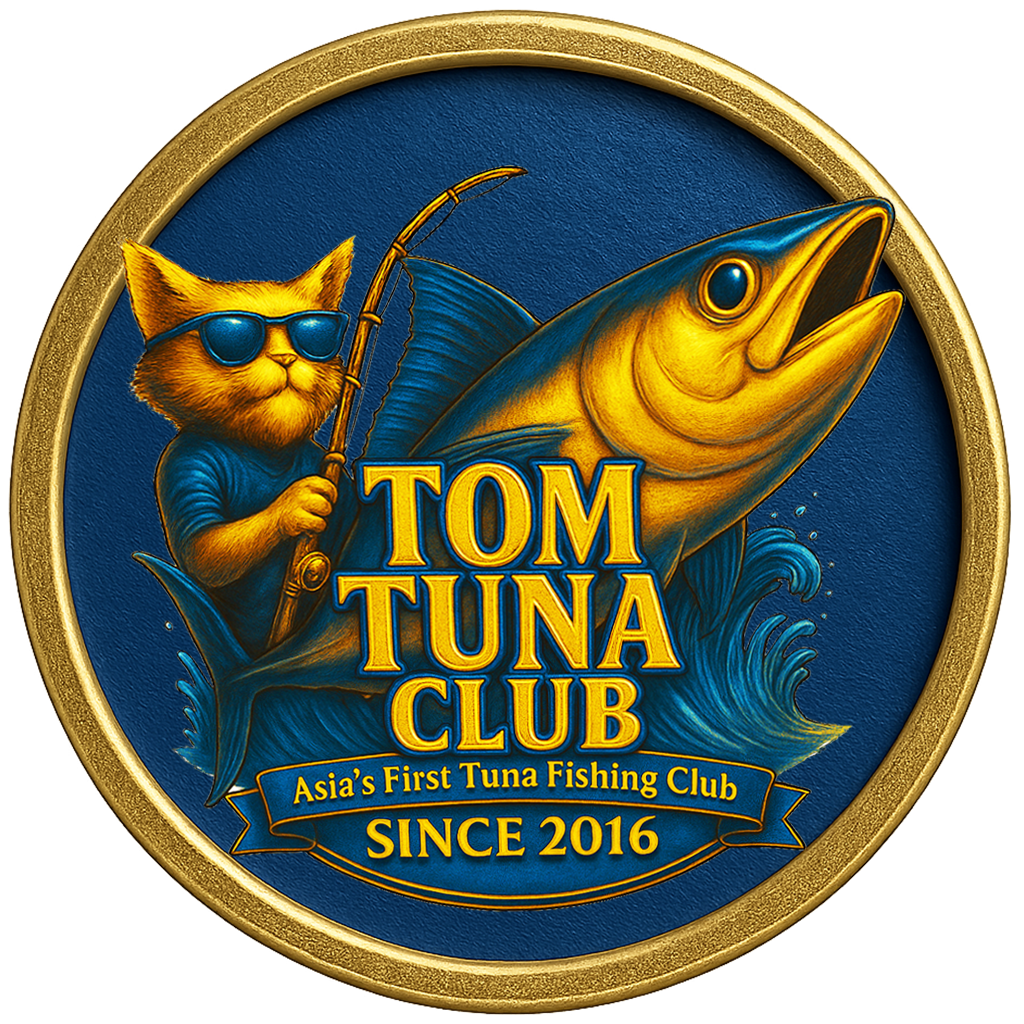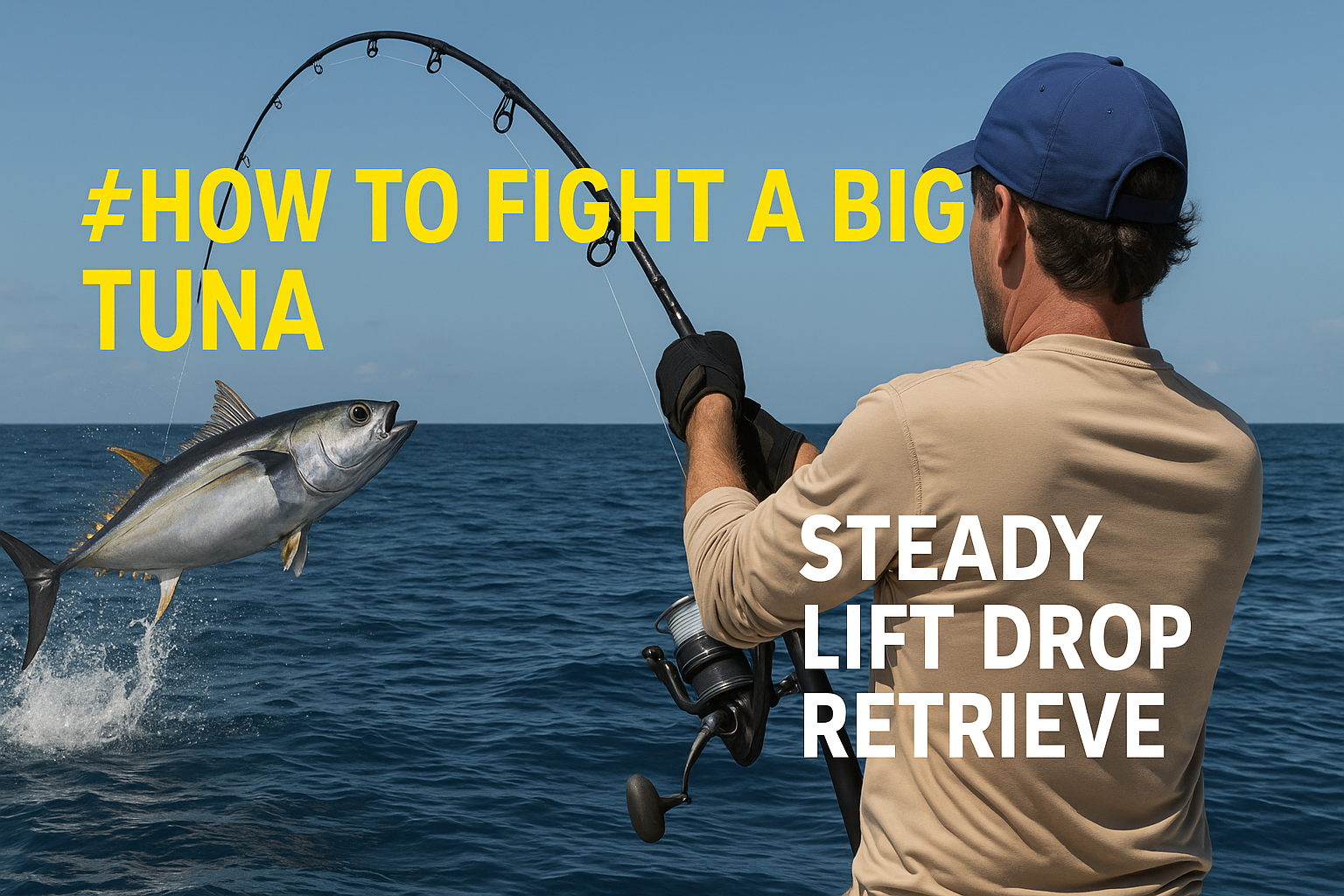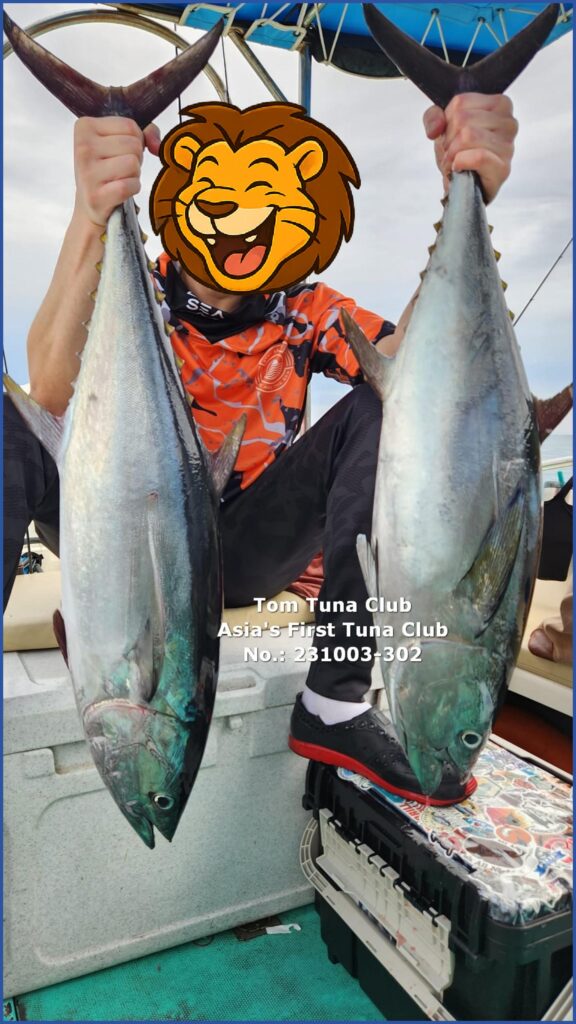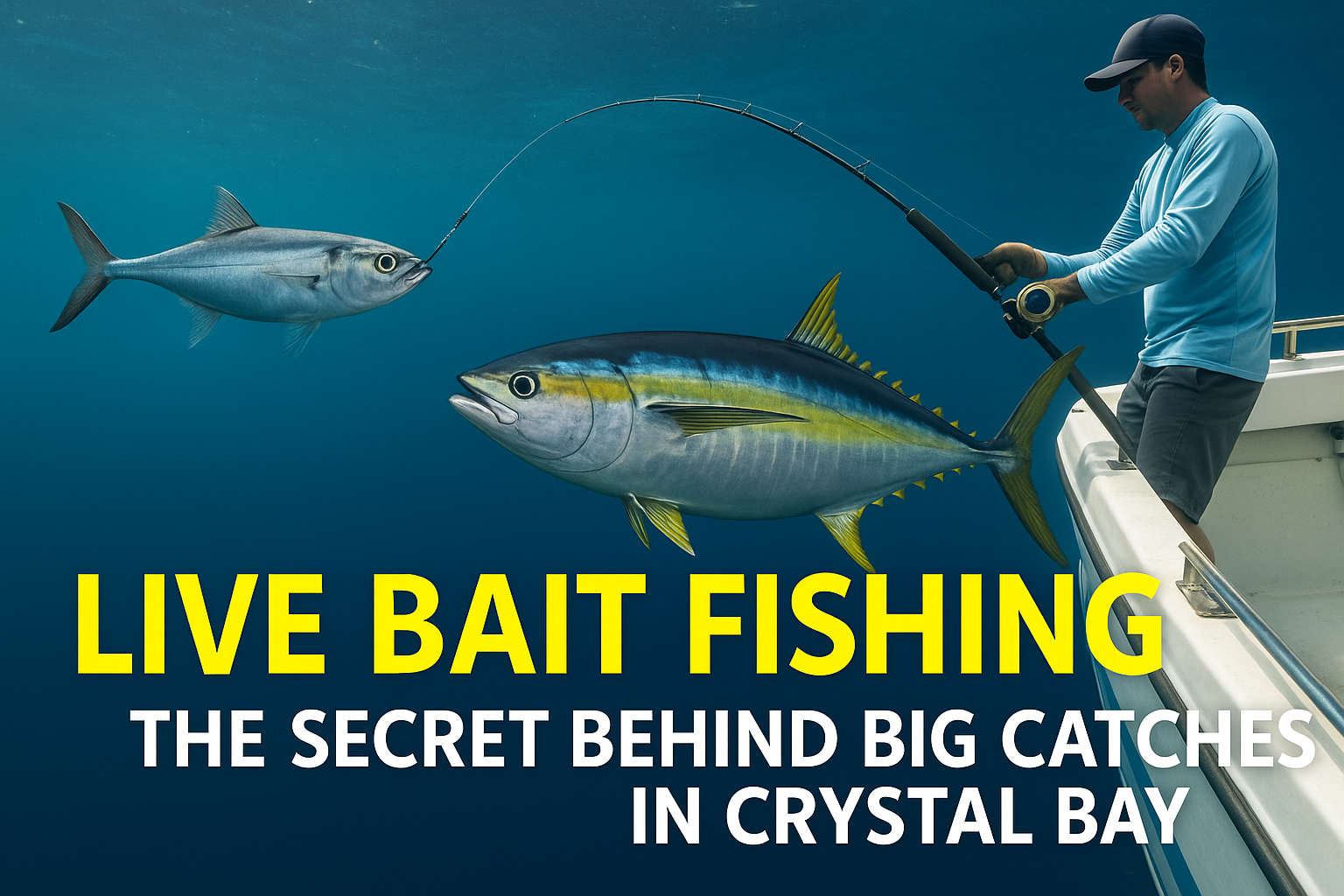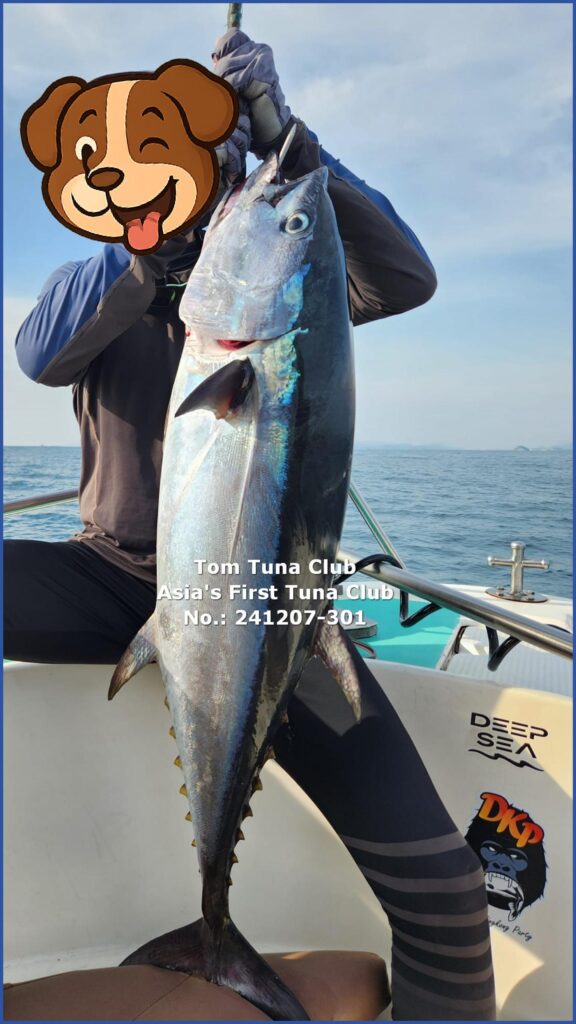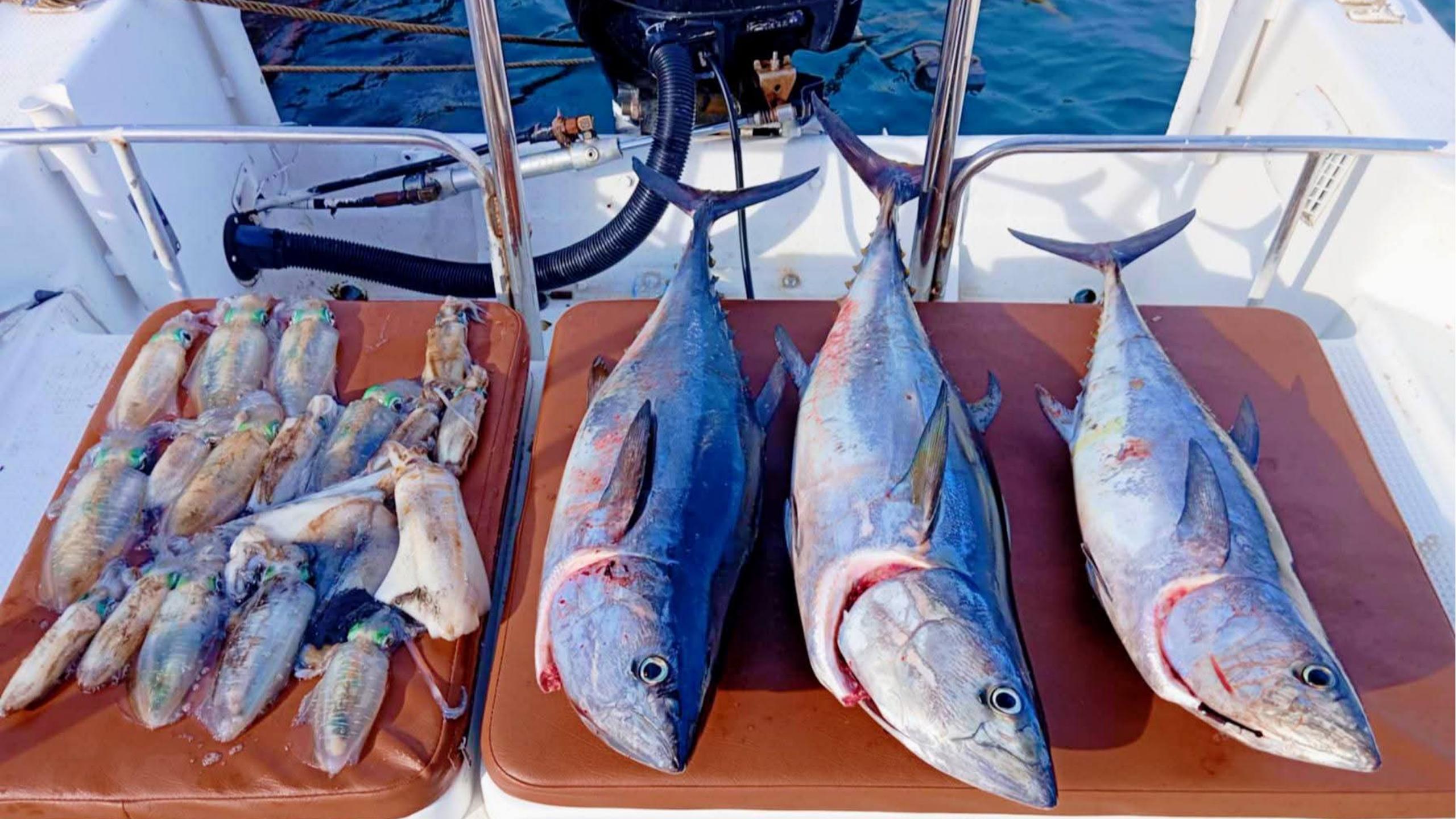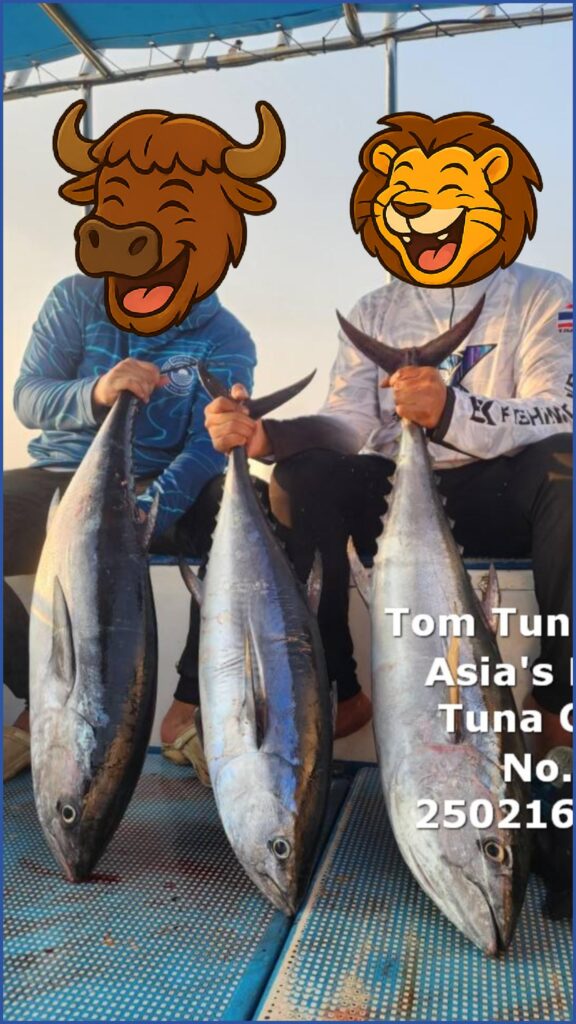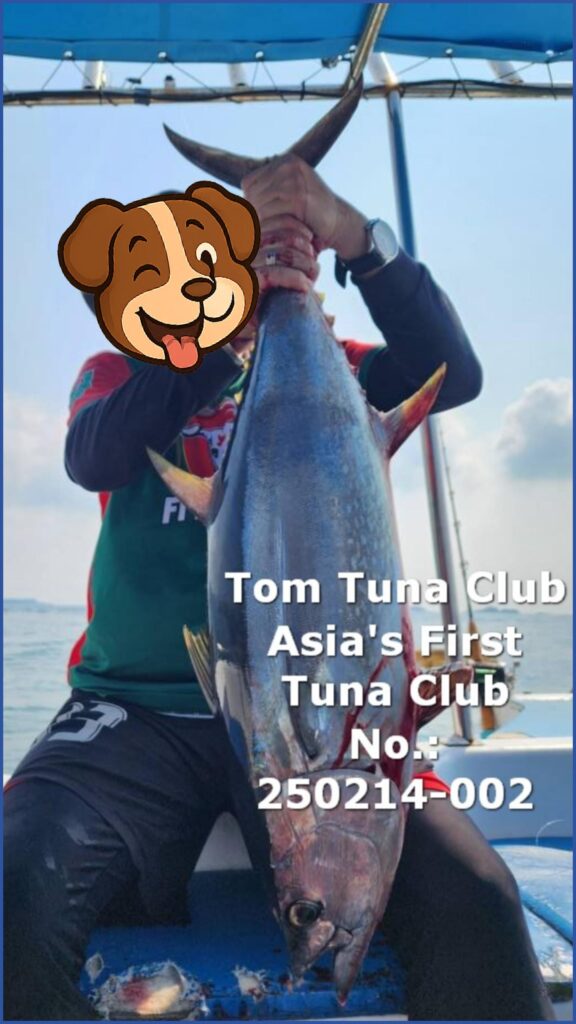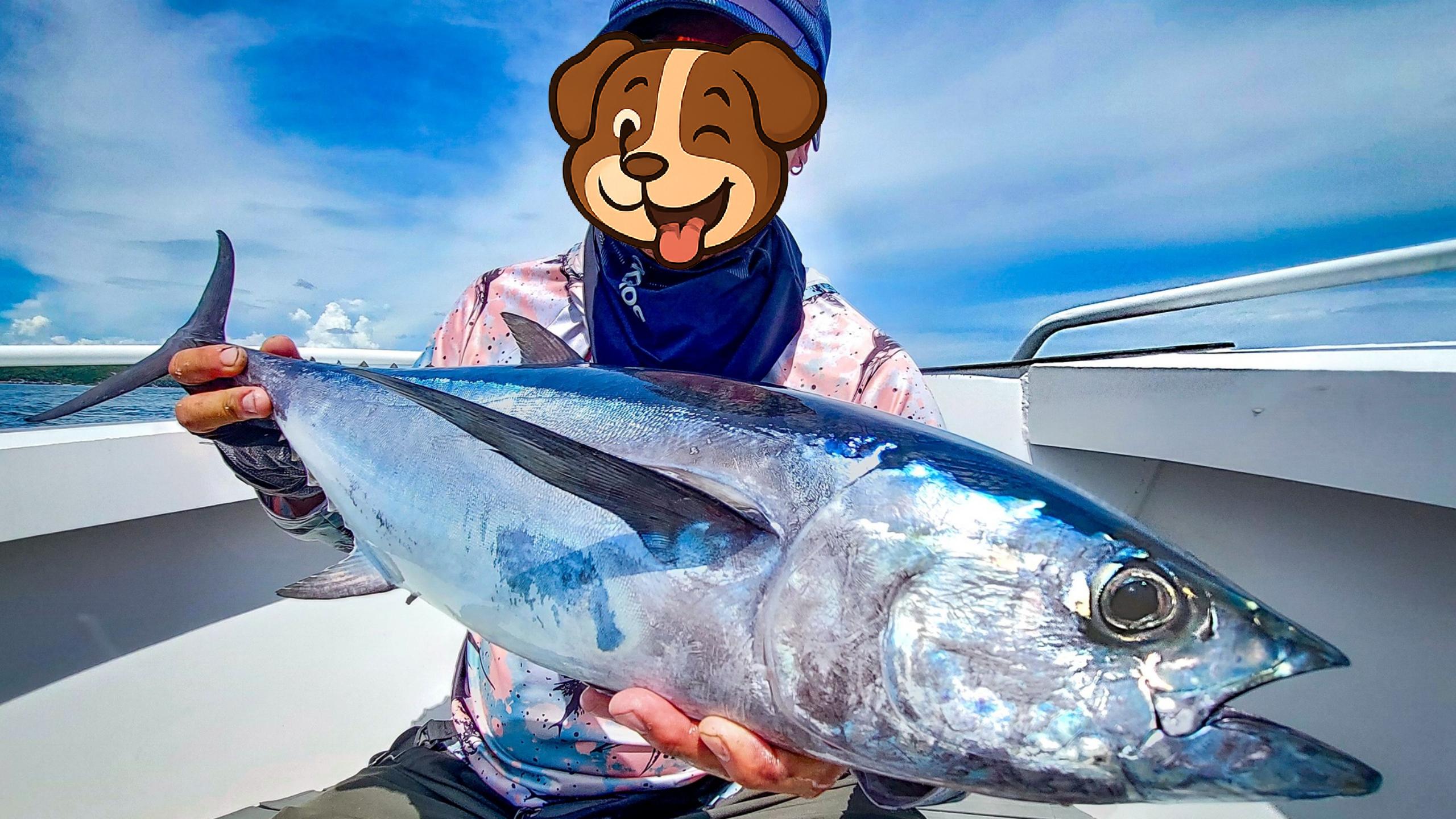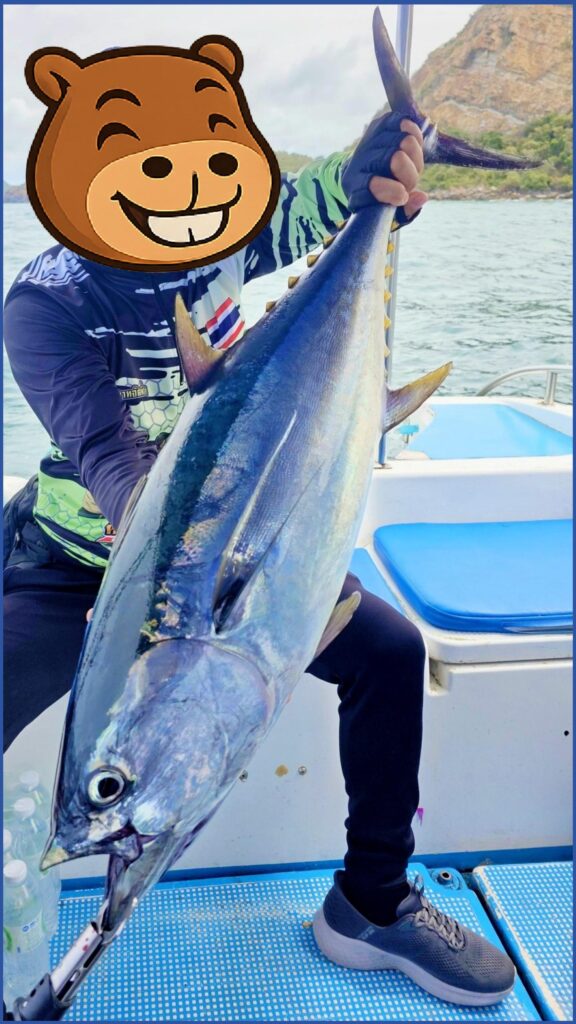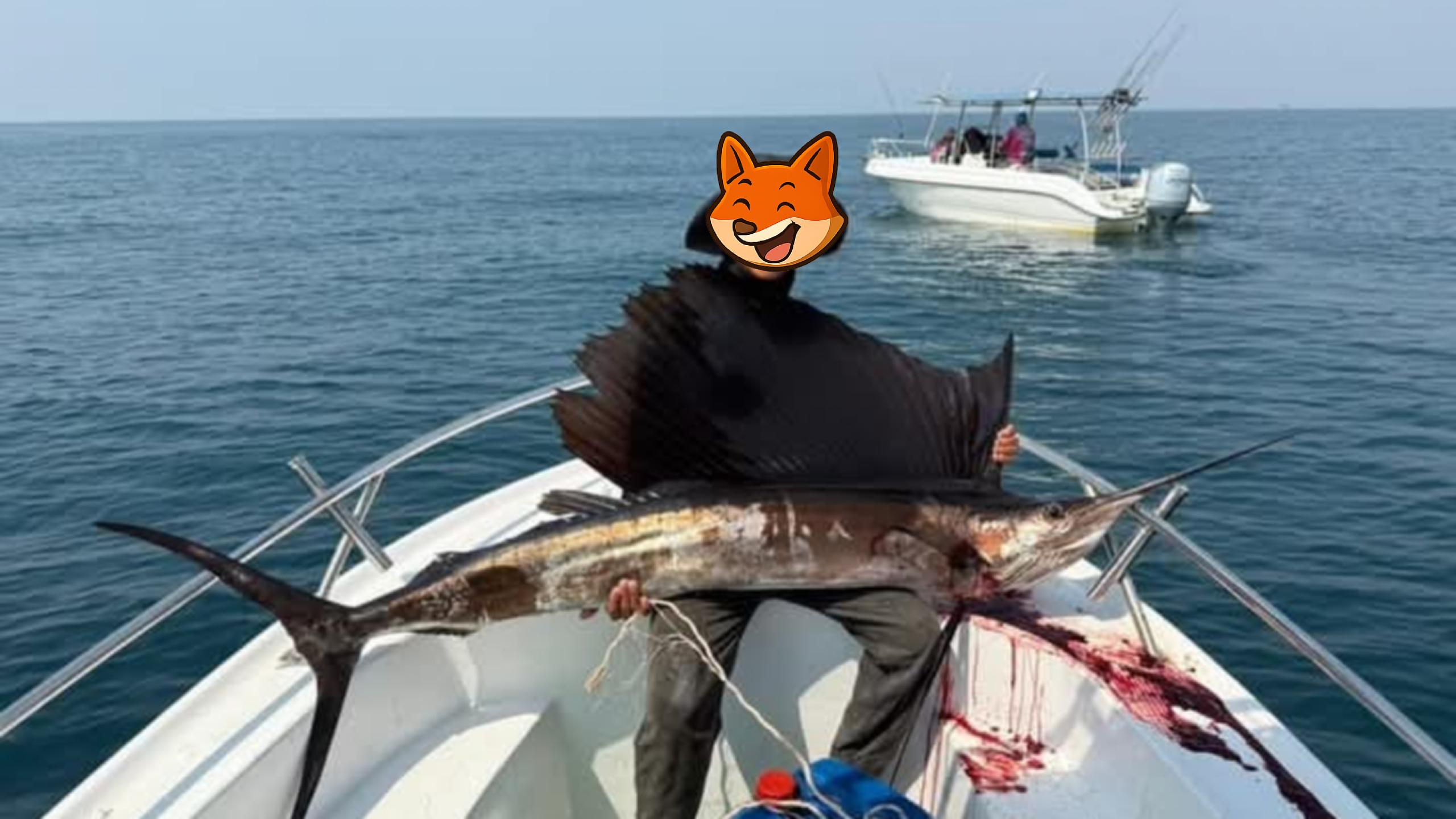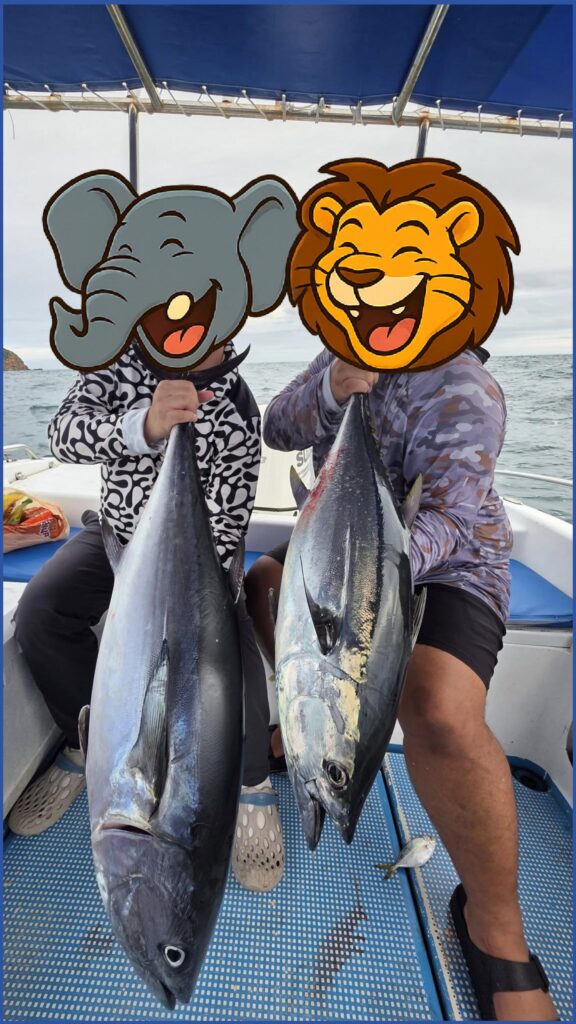
After Fishing Villa BBQ Party – The Perfect Day in Thailand
A perfect day in Thailand doesn’t end at sea — it continues on land with good food, cold drinks, and friends gathered around a grill. At Tom Tuna Club, our villa BBQ parties are designed for that golden moment when saltwater meets sunset.
After docking, guests arrive at private villas where everything is ready — pool, music, and a chef awaiting the day’s catch. Tuna steaks, grilled prawns, and fresh salads fill the table as stories from the ocean come alive. It’s part celebration, part therapy.
As night falls, the poolside lights shimmer like stars. The chef flips the last tuna steak while someone connects a Bluetooth speaker — a soft tropical beat fills the air. Friends raise glasses, toasting not just the fish but the freedom of the sea. Under the palm trees, laughter echoes against the quiet hum of Pattaya’s distant skyline.
Many visitors tell us they never imagined fishing could feel this luxurious. Yet here, adventure blends seamlessly with comfort. The villas are spacious, private, and tailored for groups or families. You can swim, relax, or simply sip a drink while watching the chef prepare your catch.
These evenings create a rhythm unique to Pattaya: morning excitement, afternoon challenge, and nighttime indulgence. By midnight, everyone feels part of the same crew — bound by shared experience and the glow of a fire by the sea.
From the deck to the dinner table — the story continues.
👉 Ask about our “Fishing + Villa BBQ” packages via WhatsApp or LINE.
